Archive for ‘Holidays’ Category
8 Brainy Tips to Organize Your Holiday Spending
It’s time for the seasonal shopping juggernaut. Usually, I’d focus on recommending holiday gifts of experiences and consumables (i.e., stuff to do and stuff to eat, rather than stuff to install, assemble, store, and eventually, dust), but you’re probably heading out into the fray, anyway, if not this weekend, then at some point in the coming month.
Before you risk sleep, life and limb, and your retirement fund to shop for your loved ones (and their loved ones, and piano teachers and soccer coaches, and the paper boy and the shampoo girl), and before you come home with twice as many gifts for yourself that you weren’t planning to acquire in the first place, Paper Doll has some research-based guidance for facing this shopping season.
ADOPT A HANDS-OFF POLICY
In 1990, research on the Endowment Effect showed that the mere act of touching an object creates a feeling of ownership. This is why we professional organizers sometimes hold things up for our clients to make purging decisions instead of handing them over — it allows them to make a more dispassionate, less emotion-based decision.
Now, Professors S. Adam Brasel and James Gips at Boston College have found that touching things on a screen has that same impact, triggering the brain to spend, acquire and own. Their paper in the Journal of Consumer Psychology, Tablets, Touchscreens, and Touchpads: How Varying Touch Interfaces Trigger Psychological Ownership and Endowment discussed their findings that if you’re using a touch screen, it increases the Endowment Effect almost as much as touching the actual item, and makes you less aware of factors like price.
So, if you’re shopping in the store, keep your hands in your pockets or wear your winter gloves. (Also, you’ll avoid germy germs!) If you’re shopping online, use your laptop or desktop to shop, or if you must use your phone or tablet, wait until you’re using a mouse or trackpad to make the final purchase.
SNIFF OUT THE CLUTTER
Keeping clutter from building up depends not only on jettisoning what you don’t need, but also in keeping things from coming into your space altogether. To do that, beware of consumer psychology tricks that retailers play.
We’ve all heard of baking cookies during real estate open houses – it tricks the brain into thinking the house is more cozy. Consumer psychologists have found that our olfactory senses (i.e., our sniffers) impact the memory and emotion centers in the brain more than sight, hearing, and even touch, and controls our emotional reasoning, which is behind most of our purchasing decisions. (We may do extensive research before making purchases, but in the end, we buy what makes us “feel” best.)
If you find yourself making impulse decisions in stores that have lots of fragrant stimuli like lotions, flowers, or candles, consider these strategies. Whenever possible, shop online so you’re better able to limit sensory inputs to 2D visual stimuli, which tend to focus on facts (prices, features, measurements) rather than emotions. When you do shop in person, take along a friend who can help you avoid temptation. It helps if that friend has allergies, it’ll keep you out of the shops that practice olfactory sneakiness!
WATCH OUT FOR BULKING UP
Have you ever noticed how, when the signs say “Limit: four per customer,” that people feel the need to acquire the absolute limit? In research published in the Journal of Consumer Research, Cornell Professor Brian Wansink and colleagues found that quantity limits imposed on purchases can tempt consumers to buy twice as much or more of any product than they’d otherwise have considered.
Scientists call this concept ‘Anchoring and Adjustment’ — with lower-priced items, most people see the limit as the optimum number or amount to purchase. If shoppers buy less than the limit, it still tends to be more than they’d originally planned to buy, if they’d planned to buy anything at all.
With higher priced or luxury items, like iPads or video games, a purchase limit implies that there’s some level of scarcity, and many consumers infer that scarcity means a higher inherent value, making them desire the item more. You’re not likely to buy more than one iPad Air at a time, even if the limit is, say, three to a customer, but somehow knowing you can ONLY have three makes the one you intend to purchase somehow seem more valuable. Pretty sneaky, eh?
How can you countermand these retailing tricks?
— For lower-priced items, decide how much of something you want or need before you leave the house, and put it on your list. Once in the store, ask yourself if buying three times as much as you planned will save you (and your giftee) more than the frustration of having no space in the kitchen or closet.
— For big-ticket items, remind yourself that the purchase limits are not just there to ensure equal access, but to boost consumer enthusiasm. That should make you resent the tactic enough to think more reasonably as to whether you want the item in the first place.
DON’T BE LIST-LESS. AND DON’T BE LISTLESS.
Whether you’re shopping for ingredients for the holiday open house or presents for Grandma and Uncle Joe, don’t shop aimlessly.
Have you ever come home from the grocery store to find you not only didn’t purchase everything you intended to buy, but that you’ve got oodles of things you hadn’t even planned to get in the first place? Or you tell yourself, “Oh, I’m sure that will be the perfect gift for … somebody.”
You already know that shopping when you’re hungry tends to make you buy more. But did you know that doesn’t just apply to food? Research shows that maintaining even levels of blood sugar helps us make better decisions – about what foods and products to buy, but also about the values of things and how much money to spend. But even if you are hungry when shopping, you can prevent impulse buying.
A study with the scary title of The Future Is Now: Temporal Correction in Affective Forecasting, published in the Journal of Organizational Behavior and Human Decision Processes, found that even if shoppers are hungry, simply shopping with a list helps consumers stick to purchasing what they intend. The lesson?
RESTRAIN YOUR IMPULSES
Your method of payment can actually help or hinder your ability to shop wisely (and thus limit your potential clutter). A study published in the Journal of Consumer Research found that paying with cash instead of credit cards decreases the number of impulse purchases consumers make. While the study focused on food purchases, anecdotal evidence suggest this applies to other purchases, too. Other solutions to organize against impulse buys:
— Have a budget. Know how much you can reasonably afford and make a game of trying to stay within your target zone.
— Use cash when you’re likely to buy small, disposable items like quick meals and items near the register (especially when you’re tired and hungry after a day of shopping).
— Save credit cards for when you buy tangible items of significant value or “big-ticket” purchases like travel. Credit cards offer purchase protection and other advantages, but it can be a bit depressing to find that you’re paying for a mediocre meal you ate five weeks earlier.
— Save up for moderate or large purchases. Your appreciation for something will grow if you spend months socking away the money; you’ll do a better job of researching features and the item is less likely to become clutter.
BE A GOOD NEIGHBOR
You probably didn’t need research to tell you that when big box stores come in to an area, the number of retail jobs actually decrease and that wages and benefits decrease.
We are all implored to shop small, and shop locally: to purchase from our neighbors, friends and members of our community, rather than chain stores. I really haven’t figured out what the excellent Simon & Garfunkel song “America” has to do with shopping at local small businesses, but Small Business Saturday is happening again this Saturday, November 29, 2014.
Yes, the song pulls at our heartstrings, and yes, it coaxes us to use American Express cards. Paper Doll is not eager to encourage you to amass shopping debt. However, if you do have an AmEx card, and are planning to shop at all this Saturday, you can take advantage of the opportunity at the above link to register your card (or all of your AmEx branded cards), and any purchases you make at local small businesses registered with the program will earn you up to three $10 statement credits per card.
So, instead of Starbucks, visit your locally owned coffeehouse for your mid-shopping break, and treat your companion (the one whose allergies kept you from overspending, up above), to a nice snack.
BE FRUGAL SO YOU CAN BE GENEROUS
Paper Doll’s own non-academic research yields useful tools for organizing your finances so the shopping budget goes further.
Ebates rocks! Imagine if every time you walked into your favorite store, a doorman slipped you a tip.
Ebates began as a shopping portal. You clicked on the name of the online store, were taken to the store’s site, and any purchase you made gave you cash back. Now, it’s even easier with the Cash-Back Button installed in your browser. Shop online as usual, and Ebates gives you a little on-screen alert that if you make a purchase at that store, it’s worth 3% (or 5%, or whatever) back. Click, which reloads the page and through the magic of cookies (the non-edible kind), Ebates knows you bought something at whatever store, and then you get a cash-back check. Apple’s the least joyous — you only get 1% back; the magazine subscription company I use yields 15%. Most are anywhere from 2-10%, with all sorts of extra bonuses and discounts. The Ebates app for iOS and Android has deal alerts and scan-and-compare features.
I keep waiting to hear that there’s something secretly malevolent about Ebates, but after using it for years, it’s all still good. But here’s the main thing — there’s no work (beyond signing up for the account). How’s that for organizing your finances and time management?
Disclosure: If you use my affiliate link above to register with Ebates, I’ll get rewarded for the referral. If you have concerns about that, you can just manually go to ebates.com and sign up all on your own.
Retail Me Not is another superlative solution for reducing online shopping expenses. Stores send out mailers and include discounts in catalogs, but if you’ve avoided paper clutter all year, there’s no reason you should be punished during the shopping season.
Whenever you’re planning to make an online purchase, go to Retail Me Not and enter the name of the online store at which you’re shopping. Chances are good that a discount code (or several) will pop up. Either click the link provided, or copy and paste the code at checkout to lower your cost.
Another solution is to type “[name of store] free shipping” into your favorite search engine to, yes, get a code for free shipping!
GET MANY HAPPY RETURNS
Know the return policies for the online and brick-and-mortar stores at which you buy presents. Check out Paper Doll Organizes Your Many Happy Returns for guidance. And be sure to request gift receipts from the cashier when you’re shopping in person.
Finally, whether you’ll be dozing on the couch, making snow angels or planning your holiday shopping assault strategy, I wish you all a happy, healthy Thanksgiving.
NAPO2014: It’s a Wrap! Organizing Your Wrapping Supplies with Wrap It!
It’s not yet July, but some people are already thinking about the holidays! This tweet, from a fun-loving scientist I know, illustrates eagerness to get started on shopping and wrapping:
pretty sure I’m the only person who during this break before work dinner wrapped Christmas presents.
— Kelly O. Sullivan (@KellyOSullivan) June 18, 2014
And though it turned out to be a mistake, a post office branch in the Williamsburg neighborhood of Brooklyn, New York actually started promoting Christmas stamps this week!
While it’s not a paper and productivity topic we touch upon often, eliminating gift wrap clutter and organizing your wrapping options is definitely something we’ve discussed previously:
- It’s a Wrap! Wrapping Paper Alternatives, Furoshiki & Frogs
- Paper Doll Wraps Up the Holidays and Makes It All Stick (Part 1)
- Paper Doll Wraps Up Some Alternatives to Wrapping Paper (Part 2)
THE PROBLEM
Birthdays and holidays and baby showers. Oh, my!
Anyone who has ever tried to wrap a series of gifts of varying shapes and sizes knows that wrapping is not a one-size-fits-all experience. In the pre-gift bag era, I once tried to wrap an unboxed, stuffed lion for my best friend’s toddler, and there is photographic evidence (which I will not share), indicating that I failed wrapping school. A roll of shiny tape and perhaps two pounds of tissue paper later, it looked like a lump — maybe a soccer ball, maybe a chemistry set. Trust me, it looked better once unwrapped.
The options are almost endless. Wrapping paper comes in different lengths, and the volume on each roll varies. Sometimes wrapping paper comes flat, folded in squares, so that it takes up less space (but has an annoying crease, usually just where you wish it didn’t). And tissue paper is packaged altogether differently, folded like pre-GPS gas station maps. Sometimes, a gift bag is more apt, but bags come in multiple heights and widths, and then there are the ribbons and bows and furry/fuzzy/sparkly/twinkly stuff sold to adorn the gifts you give. (This is where Paper Mommy excels. All presents for children, and some for adults, are decorated with lollipops and similar candies. Twice the fun, none of the glitter.)
With so many different kinds of wrapping supplies, you end up needing different kinds of containers. Sometimes, an under-the-bed, flat-ish lidded bin will work, but it can be hard to find one to accommodate the longer rolls of wrapping paper. There are a variety of standing solutions that emulate trash cans, but unlike Weebles, when they wobble, they do fall down. I’ve seen many of my more artsy/craftsy clients peruse Pinterest for DIY-solutions to sew or glue or create themselves, but that can take a lot of labor.
Then there are the supplies. Tape — you want the non-shiny kind so that it’s invisible against the wrapping paper. Scissors. Those little noodle-y things that help you make ribbons curl nicely! Do you store them with your wrapping station (if you have a wrapping station more robust than “in the closet” or “under the bed”) or do you borrow from the office supply/school supply/miscellaneous drawers of your house? And if you can’t find what you need and end up buying duplicates, you’re worse off than if you hadn’t had any supplies in the first place!
It’s enough to make you want to give everyone a gift card and call it a day!
At this year’s NAPO Expo, however, a new product came to market for keeping all of your gift packaging supplies under wraps.
THE SOLUTION
WRAP iT™, developed by New Yorker Adam Levine (pictured below), is designed to create a
solution for neatly organizing and storing all gift wrap supplies. I have to admit, I was dubious. I’d seen what amounted to zip-up garment bags for wrapping supplies before, and in the end, everything tended to fall to the center of the bag, like hockey sticks in a duffel. (Am I betraying my Buffalo, NY roots?)
But Wrap iT really is different.
Wrap iT comes in two color schemes (blue and copper) and two sizes: Deluxe and Original. The interior of both versions can hold 26 rolls of wrapping paper, up to half of which can be the extended-length rolls (in the Deluxe version (pictured below)), which are often too long to fit in any standard paper organizer. The wrapping paper is held in place with heavy-duty elastics. When you’re done wrapping, slide the roll into the elastic bands at the top and bottom, twirl your roll about one-half a turn, and the loose ends remain tucked in place. No straggling ends to rip or tear.
In addition to the interior section, the Wrap iT has multiple clear PVC pockets to accommodate folded wrapping and tissue paper, gift bags in multiple sizes, gift tags and greeting cards, bows, ribbons and wrapping tools, as shown below.
Adam and his people refer to the Wrap iT as similar to an “Armored Gift Wrap Tank” made extra-sturdy to protect those delicate bows and frilly ribbons. In addition to the high-grade elastics, the clear PVC is water-repellent (in case you’re schlepping through snow to get to a gift-wrapping party) and has a heavy-duty, all-the-way-around nylon zipper. Velcro closures clasp the nylon flaps to the PVC pockets.
The Deluxe Wrap iT measures 44″ long by 19 1/2″ wide, and fully stuffed is 4″ thick. Empty, it weighs only 1.8 pounds, but has a maximum storage capacity of 22 pounds. (That’s a lot of wrapping!) The Original Wrap iT is the same width and thickness when packed, but a touch shorter at 33 1/2″ long. It’s 1.6 pounds empty and 19 pounds at full capacity.
Thus, storage is easy, as the bag lays flat enough to slide under a bed, but the build-in hanger lets you easily hang it vertically in whatever closet has four inches of adequate width and enough depth to handle a winter coat.
The Deluxe sells for $59.97; the Original for $54.97; you can also get a combo pack of one of each or a two-pack of either size for $99.94.
See the Wrap iT in action:
Paper Doll has to be honest. I’ve long since given up on wrapping presents. If it fits in a gift bag, I’ll surround it with some pretty tissue paper; otherwise, I’ll probably have it shipped directly from Amazon and that charming A to Z logo will serve as all the wrapping it will have. But if I were a wrapper, especially one with lots of tiny tot birthday and holiday gifts to decoratively wardrobe, the Wrap iT would be hanging in my closet.
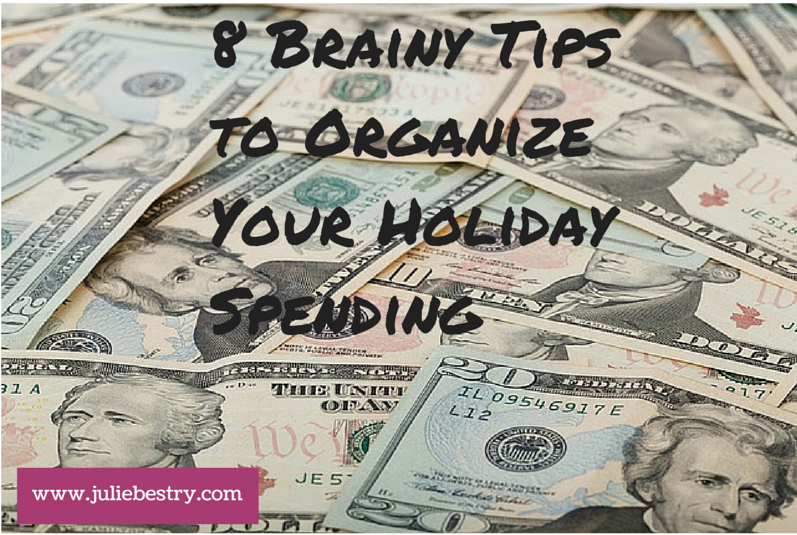
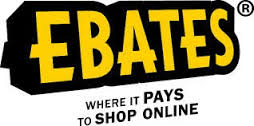


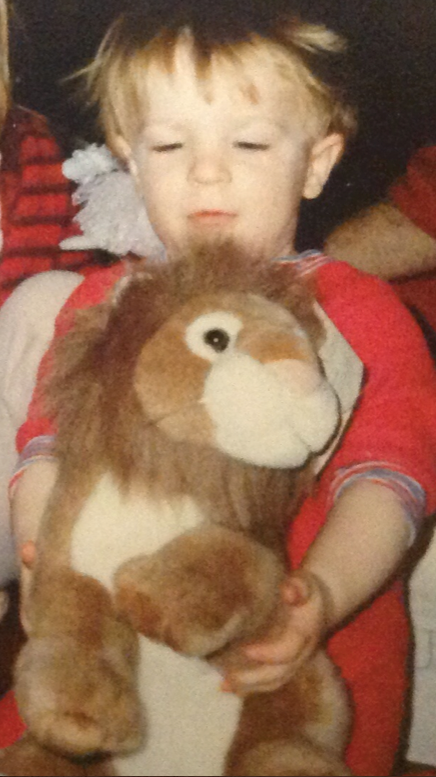
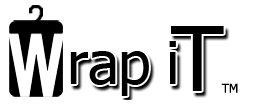
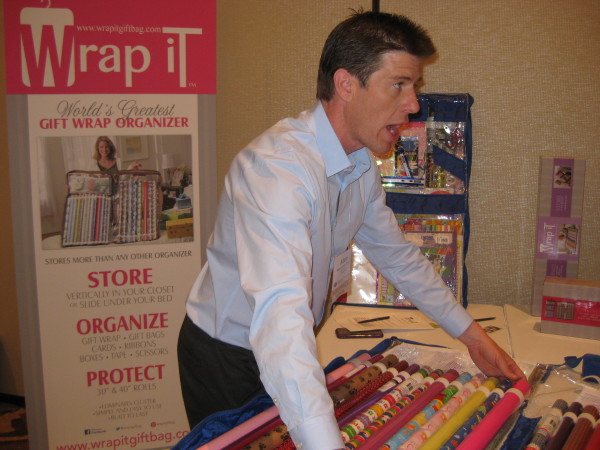
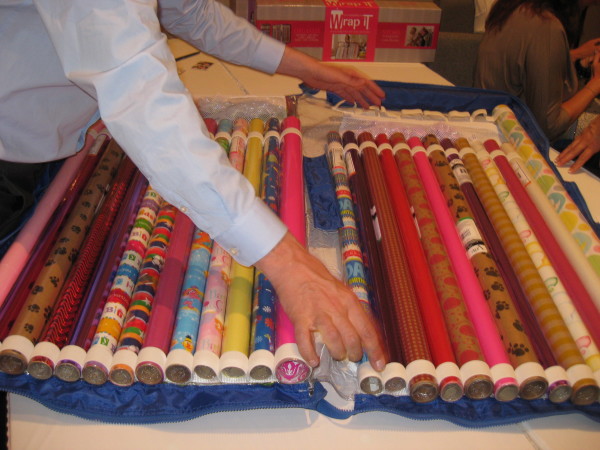
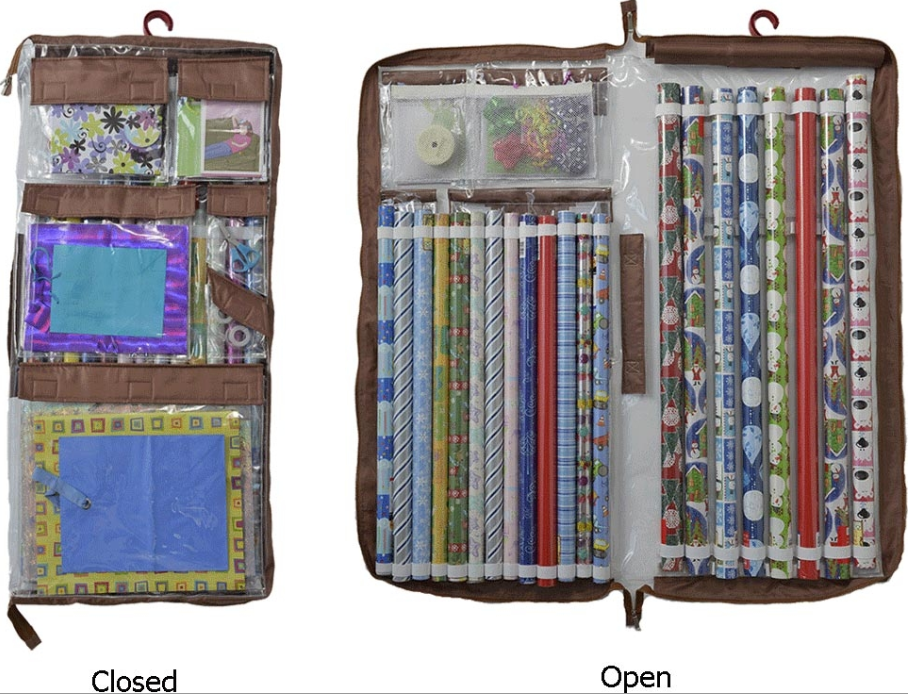
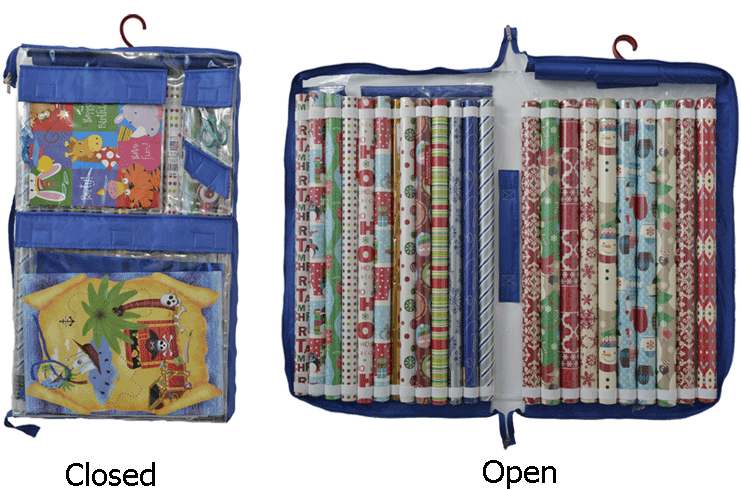
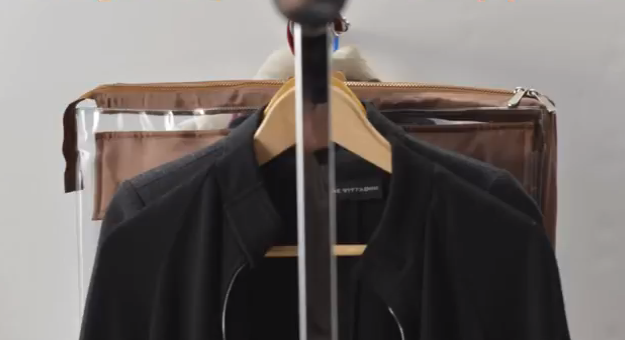
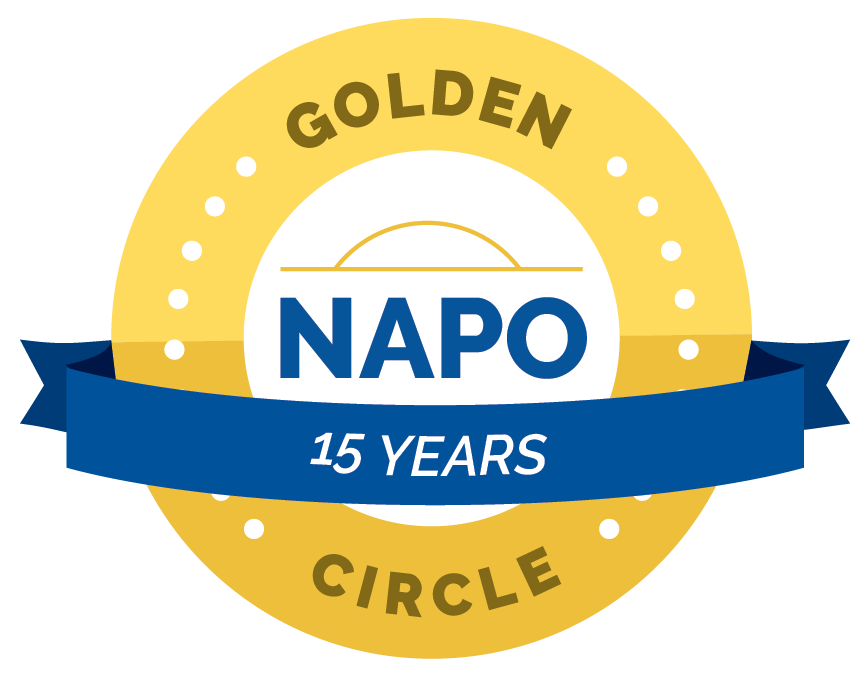
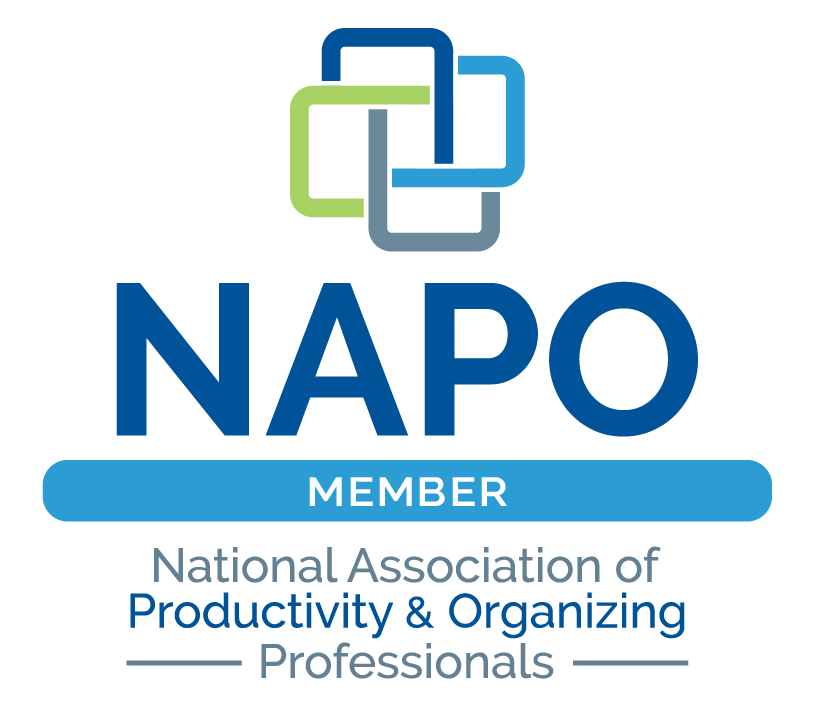

Follow Me